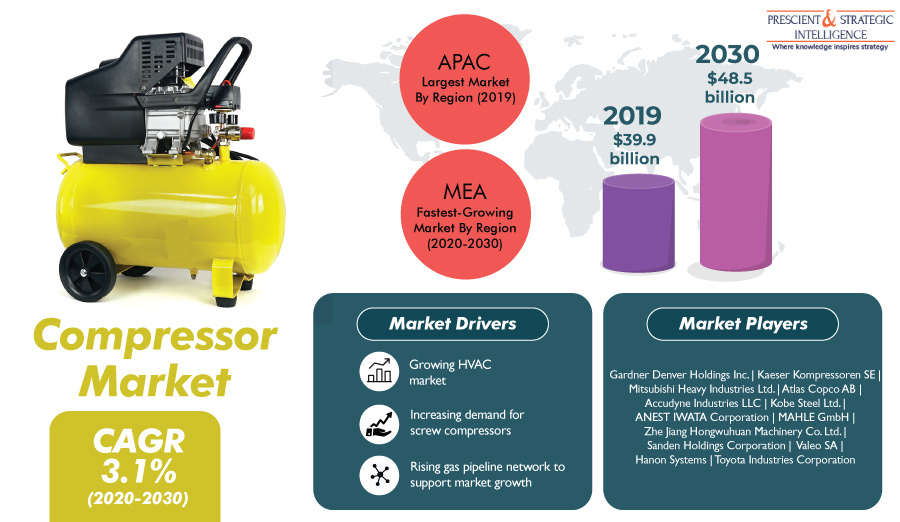The e-signature market is expected to demonstrate a healthy CAGR of 26.6% during the forecast period (2021–2030), owing to the increasing requirement for security, supply chain enhancement, and workflow efficiency in the corporate sector; increasing government support toward e-signature adoption; and rising volume of online documentation.
Moreover, the escalating need for security solutions amidst remote working and COVID-19 pandemic environments will also help market revenue surge from $1,198.6 million in 2020 to $12,721.4 million by 2030. One of the primary growth drivers for the market is the burgeoning demand for supply chain enhancement, security, and workflow efficiency from the corporate sector, owing to the digital transformation in the sector.

The business workflow across the corporate sector is witnessing rapid digital advancements to meet the increased need for online digital authentication. Owing to this reason, enterprises across the world are swiftly adopting e-signature solutions as they offer authentication and security to online businesses. Additionally, the burgeoning need for security solutions amidst the pandemic and remote working environment is also a key contributor to the e-signature market.
In recent years, the workforce has become more distributed due to the rapid transition of workload of businesses to the cloud. Thus, to accommodate new remote business scenarios, enterprises are shifting from traditional ‘wet’ signatures and paper documents to e-signature. Moreover, the sudden growth in mobile banking transactions and cloud deployment during the ongoing COVD-19 pandemic is also augmenting the demand for multi-channel security solutions, such as e-signature.
This market research report provides a comprehensive overview of the market
- The Future potential of the market through its forecast for the period 2020– 2030
- Major factors driving the market and their impact during the short, medium, and long terms
- Market restraints and their impact during the short, medium, and long terms
- Recent trends and evolving opportunities for the market participants
- Historical and the present size of the market segments and understand their comparative future potential
- Potential of on-demand logistics services, so the market players make informed decisions on the sales of their offeringspm
